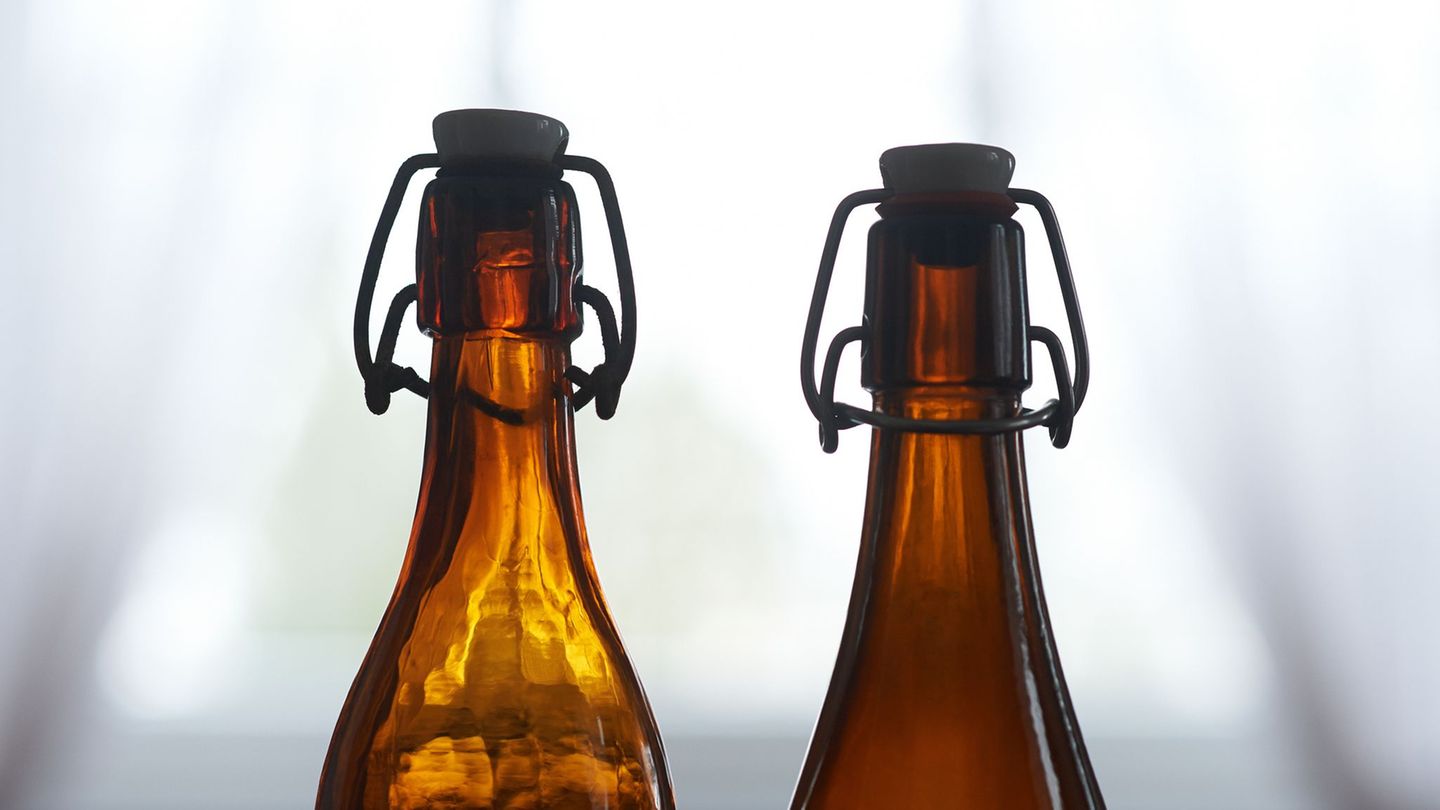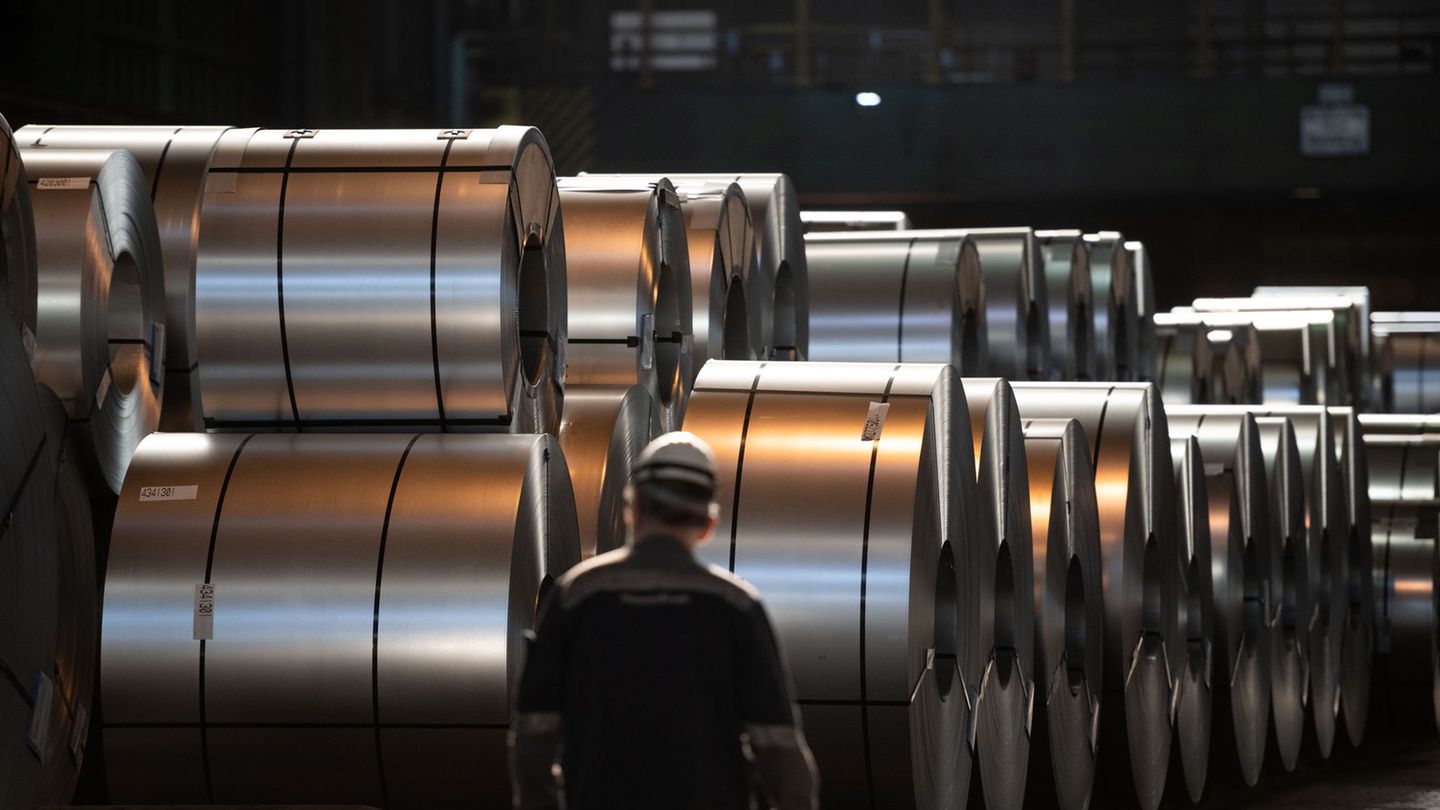Beer
Almost 100 breweries less than in front of Corona
Copy the current link
Add to the memorial list
The number of brewing sites in Germany grew for a long time. The trend has turned over the past five years – and also meets centuries -old family businesses. The biggest minus is available in Bavaria.
There are fewer breweries in Germany. In the past five years, its number has dropped by 93 to 1,459, as the German Brewer Association (DBB), citing preliminary figures from the Federal Statistical Office. A trend, which was running for many years, has been reversed, which was mainly due to craft beer and the start -up wave generated by it.
The decline also affects many traditional houses: “With the company tasks, we see about the same number of founders as old family businesses,” says DBB President Christian Weber. In addition, foundations that could fill the gaps have become much less common. “Like the whole economy, existential founders lack planning security.”
In absolute numbers, the decline in Bavaria has been the most powerful with a minus of 50 brewing sites. However, the Free State, with 598, also has the most breweries by far. In relation to 8 percent, however, the decline of 8 percent is higher than the nationwide value of 6 percent. This is followed by North Rhine-Westphalia, where there are 24 breweries, and Hessen with a minus of 14 breweries. In view of a lower number of breweries, the relative declines there are much higher with 15 and 16 percent.
At some point the capital ceiling becomes thin
Weber lists a whole list of causes for the negative development: “First came the Corona, then the energy price crisis. Especially with smaller companies there has often been a lot of capital. Now the general consumption retention is added. Compared to the large food groups, breweries can hardly enforce the prices that they actually need. This then results in a trap for some companies,” he says. “At some point the capital ceiling has become so thin and the reserves have been used up that a decision has to be made. Even if that means giving up after three, four or even seven generations, which of course hurts particularly.”
In addition, many breweries have been in the coming years and decades in order to become climate -neutral by 2045 at the latest. “Anyone who changes a brewery from gas to electricity has to rebuild the systems, with some of the new technologies required,” says Weber. “For many companies, this aspect already plays a major role in the question of how they continue. Whether the electricity costs can be planned and how they are developing will become a question of fate for the entire German brewery landscape in the coming years,” he emphasizes.
Energy costs immensely important
Energy costs play a major role for breweries. According to DBB, they make up 10 to 15 percent of the manufacturing costs for modern wholesale breweries. In the case of smaller and medium -sized companies, it is more of an order of 20 percent, and even more for very traditional companies. Above all, brewing, cooling and cleaning the reusable bottles cost.
“So our appeal to the future coalition: We urgently need affordable energy and planning security,” says Weber. In his eyes, that would also be an important prerequisite for more foundations. They have still existed in the past five years. Five federal states currently have slight climbs in the number of breweries. Above all, where the number grew by 7 to 84. In Thuringia it went up to 4 to 47.
dpa
Source: Stern




